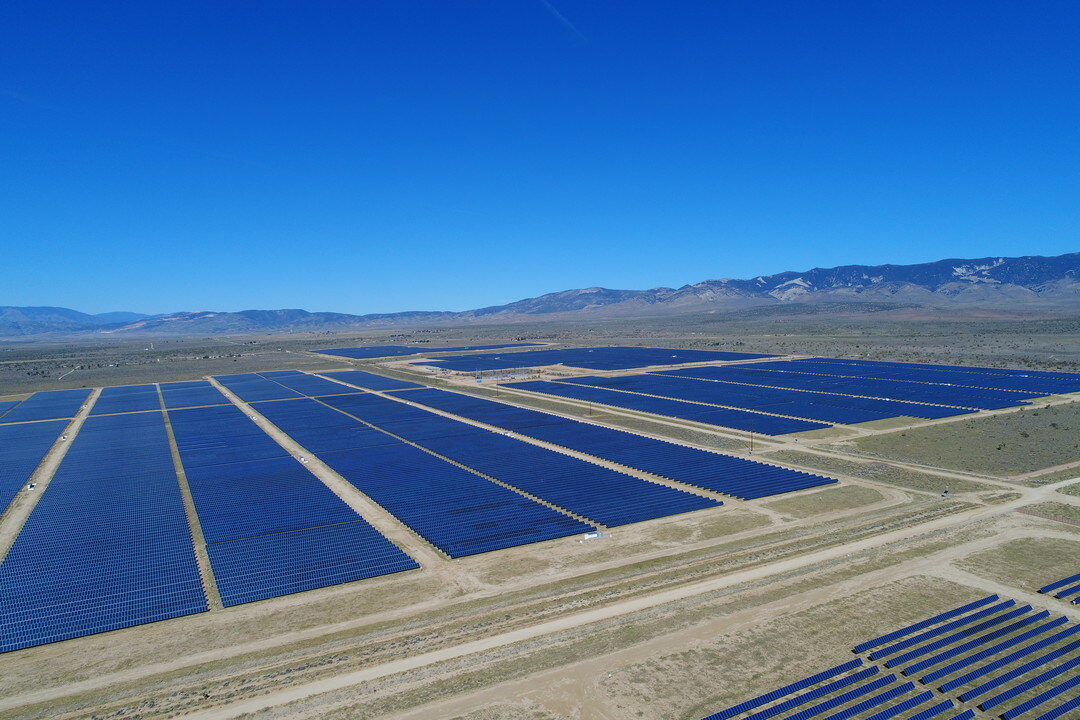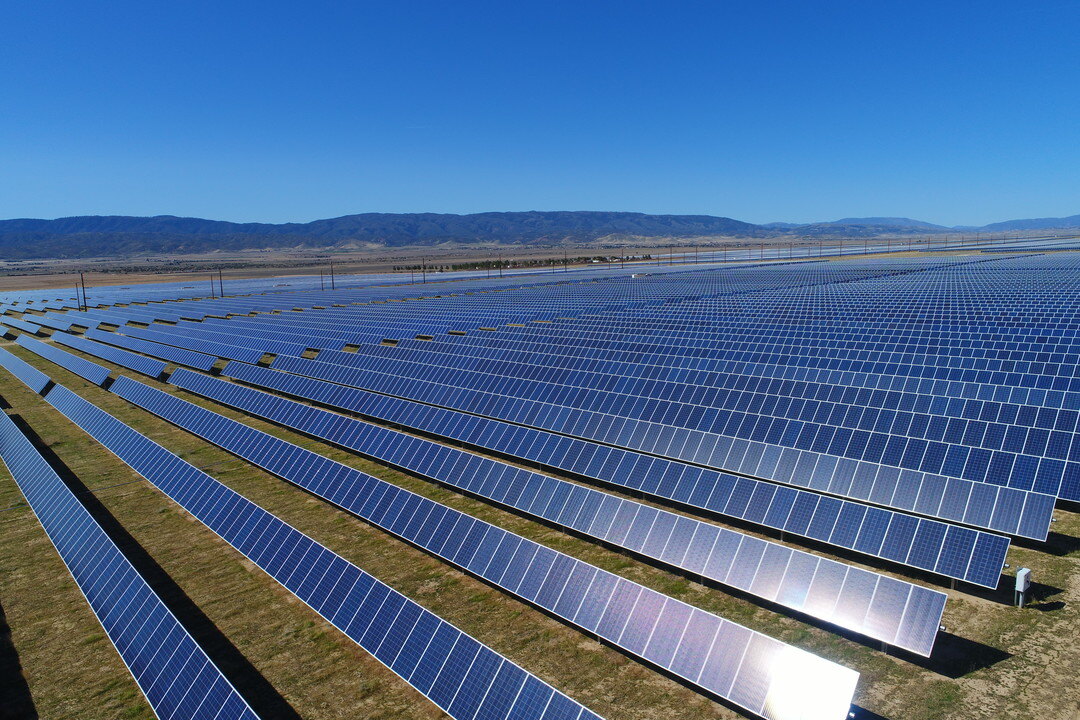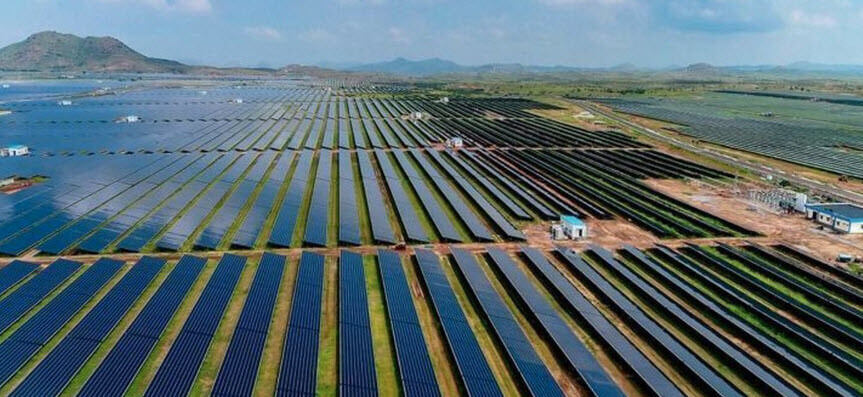The 10 Things You Need to Know to De-risk Solar O&M – #5: Have a Clear Service Delivery Model
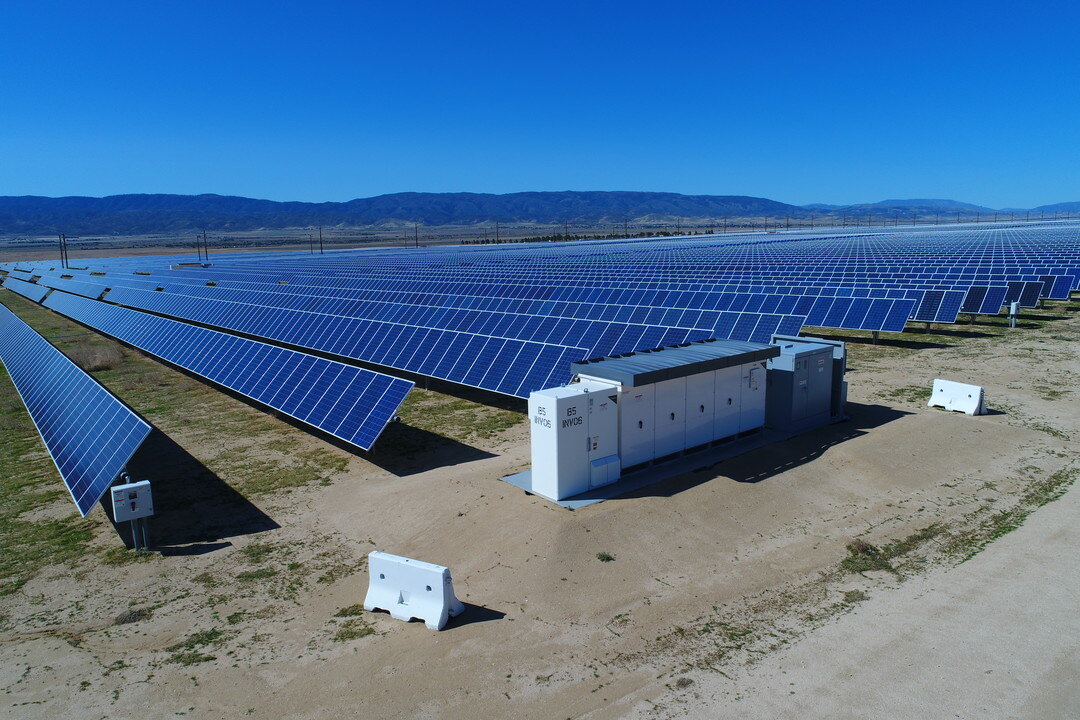
Stay in touch
Subscribe to our newsletter for expert insights, company updates, and the latest in renewable energy management solutions.
WHY NOW?
If you do not have a service deliver model that optimizes people and logistics efficiently, you are probably spending too much on O&M and may be leaving energy revenue on the table. Solar O&M is about effectively managing people and logistics. Top-tier organizations understand the services they should deliver directly, and the services others can better deliver. You may be able to deliver the whole value chain of solar O&M services, but should you?
A clear service delivery model is important because a lack of clarity will result in a lack of consistency, and a lack of consistency will result in a lack of efficiency.
Operational efficiency is the single most important capability of a successful solar O&M organization
I have observed that good people, technology and capitalization alone will not result in quality and cost-effective solar O&M. A good service delivery model creates organizational coordination.
Developing a formal service delivery model forces you to think through the processes, systems, partnerships and organizational model needed to deliver high quality and efficient solar O&M services. Throwing more people, technology and money at this complex logistics problem will not help. You need to know how these services are delivered, by whom and how we will measure success.
WHAT IS A SERVICE DELIVERY MODEL?
Wikepedia defines a service delivery model as “a set of principles, standards, policies and constraints to be used to guide the designs, development, deployment, operation and retirement of services delivered by a service provider with a view to offering a consistent service experience to a specific user community in a specific business context.” Simply put, a service delivery model is the context in which a service provider’s capabilities are structured to deliver value.
Your service delivery model describes how your organization will deliver the necessary services of operations and maintenance to the solar power projects for which you have responsibility. Note that you do not need to be the owner of the assets and you do not physically need to perform these services to need a clear service delivery model—you simply need to be responsible (read: accountable) for the service being performed.
WHAT ARE SOME OPTIONS?
When developing your service delivery model, you should consider one of the following three models and select the one that best fits your asset management strategy, ownership model and organizational maturity. Note that I said your “asset management strategy”, not your O&M strategy. Your asset management strategy (how you make money selling electricity) should drive how you do O&M, not the other way around. If you are a 3rd party O&M contractor, you don’t have an asset management strategy—the owner does, and you would do well to know what their strategy is.
- Fully Insourced – in the Fully Insourced O&M model, you build out an O&M organization that performs all the field service maintenance work as well as the central operations management services.
- Fully Outsourced – in the Fully Outsourced O&M model, you subcontract all the field service maintenance work as well as the operations management services to third parties. Your role is really asset and contract manager.
- Hybrid – the Hybrid service delivery model does some insourcing and some outsourcing of the O&M and operations management functions. Typically, younger solar power developer/owner/operators will use this model to share O&M responsibilities with subcontractors while they are building out their own field service and operations management organization. Often, this is the best long-term solution, also.
WHICH MODEL IS BEST FOR ME?
Like many things in life, it depends. If you are a relatively new developer and owner of solar assets, you probably want to choose the Fully Outsource or Hybrid service delivery model. This is because you should probably be focusing on project development and the on-boarding new plants. You likely don’t have sufficient resources to be building out an efficient O&M organization with the velocity of new solar projects coming at you.
If you are a mature asset owner with an existing O&M infrastructure, like an unregulated utility affiliate, the Fully Insourced or Hybrid O&M organization is likely the best delivery model as you may be able to squeeze costs from your value chain.
In my opinion, the Hybrid service delivery model is usually best for most situations. Business history has taught us at least two important realities:
- Companies that stick to their core competencies usually do better than those who spread themselves too thin, and
- Scale economies matter
The Hybrid model allows solar asset owners to take advantage of both realities. If you are outsourcing non-core O&M services like the “wrench work” or module cleaning, you can focus on strengths like Operations Management and project development. Low margin work like field services and vegetation management require scale economies to perform efficiently. Unless your fleet will be larger than 1 GW in size, you probably should focus on how to efficiently manage these contractors, not do the work yourself.
SERVICE DELIVERY MODEL CONSIDERATIONS
We don’t have enough space in this article to cover service delivery model development in detail, however, I have included a few items to consider in your service delivery model design:
- What is our asset ownership strategy? How long will we own the assets and how big of an equity position will we take in the projects?
- How large will our fleet be and how technically and geographically diverse?
- What are our core competencies now and in the future?
- What is our O&M cost structure under the three different service delivery models?
- Which model delivers the highest project cash flow?
- How soon do we need to deliver these services?
- Will O&M be a cost center or a profit center?
- Who do we need in our organization to be successful given the service delivery model we select?
SUMMARY
A thoughtful, formalized service delivery model can equip your team to deliver profitable solar project cash flows. The converse is also true. It is worth the time to go through the process of developing your model with all key stakeholders and ensuring the organization is equipped for success given the model you choose. If you can’t clearly articulate your service delivery model, you probably don’t have one.
Your O&M organization will not be able to achieve high operational efficiencies until people and logistics are optimized. You need a clearly defined service delivery model to dispatch the right people and parts to the right location at the right time while considering commercial obligations, all day, every day. As they say, “solar is simple, but it’s not easy.”
Next week we will address the topic of having good contingency plans in your O&M service strategy. As always, your feedback and insights on these important topics are appreciated.

HOW TO CALCULATE BREAK-EVEN TRUCK ROLL COSTS
To calculate break-even truck roll costs for your organization, you will want to factor at least the following items into your analysis:
- Average distance to project location
- Average number of technicians required
- Fully loaded base labor rate – should include benefits, cost to train and fully equip with tools and PPE
- Technician utilization rate – billable hours divided by potential work hours
- Amortized vehicle expense rate – lease, fuel, insurance and maintenance
- Other costs – if air travel and lodging is required, include those costs per trip if they are not fully reimbursable
Ultimately, we want to know the average cost per truck roll in dollars per site visit of non-reimbursable costs. You may want to further categorize truck roll costs by distance:
- Local (less than 20 miles or 1 hour by vehicle)
- Regional (more than 1 hour, by vehicle)
- Overnight (requires non-reimbursable air fare, lodging or extended vehicle travel)
Let’s assume you generated the following truck roll costs for your organization for one of your service regions:
- Local – $125
- Regional – $400
- Overnight – $1500
Therefore, unless you have service level agreement penalties or some other disincentive, you would not perform an overnight corrective maintenance task like resetting an inverter until your break-even accumulated lost revenue was greater than $1500.
For example, if a remote (overnight) plant lost a 500 kW inverter for a project with a PPA price of $0.10/kWh, you would be losing about $180 per day. Therefore, your recovery period for a $1500 truck roll would be about 8 days. If your field service team is fully loaded doing cost effective maintenance elsewhere, you are better off deferring the maintenance for a week or so until you can group it with other work in the area.
SUMMARY
Scheduling corrective maintenance for the solar asset class needs to be evaluated using a different paradigm than traditional and wind power assets. Having equipment event data sorted by opportunity costs to compare with truck roll costs is essential for running an economic fleet. Power Factors’ performance management software platform provides this kind of real-time visibility into operational performance and equipment maintenance translated into dollars, so the right economic decision can be made.
Next week we will address the topic of having a well-defined service delivery model. As always, your feedback and insights on these important topics are appreciated.
*Note that this paper is written from the perspective of the plant owner. If the operator does not have aligned incentives with the owner, opportunity costs may be different and mis-aligned with the owner’s.
Steve Hanawalt is Executive Vice President and Co-Founder of Power Factors LLC
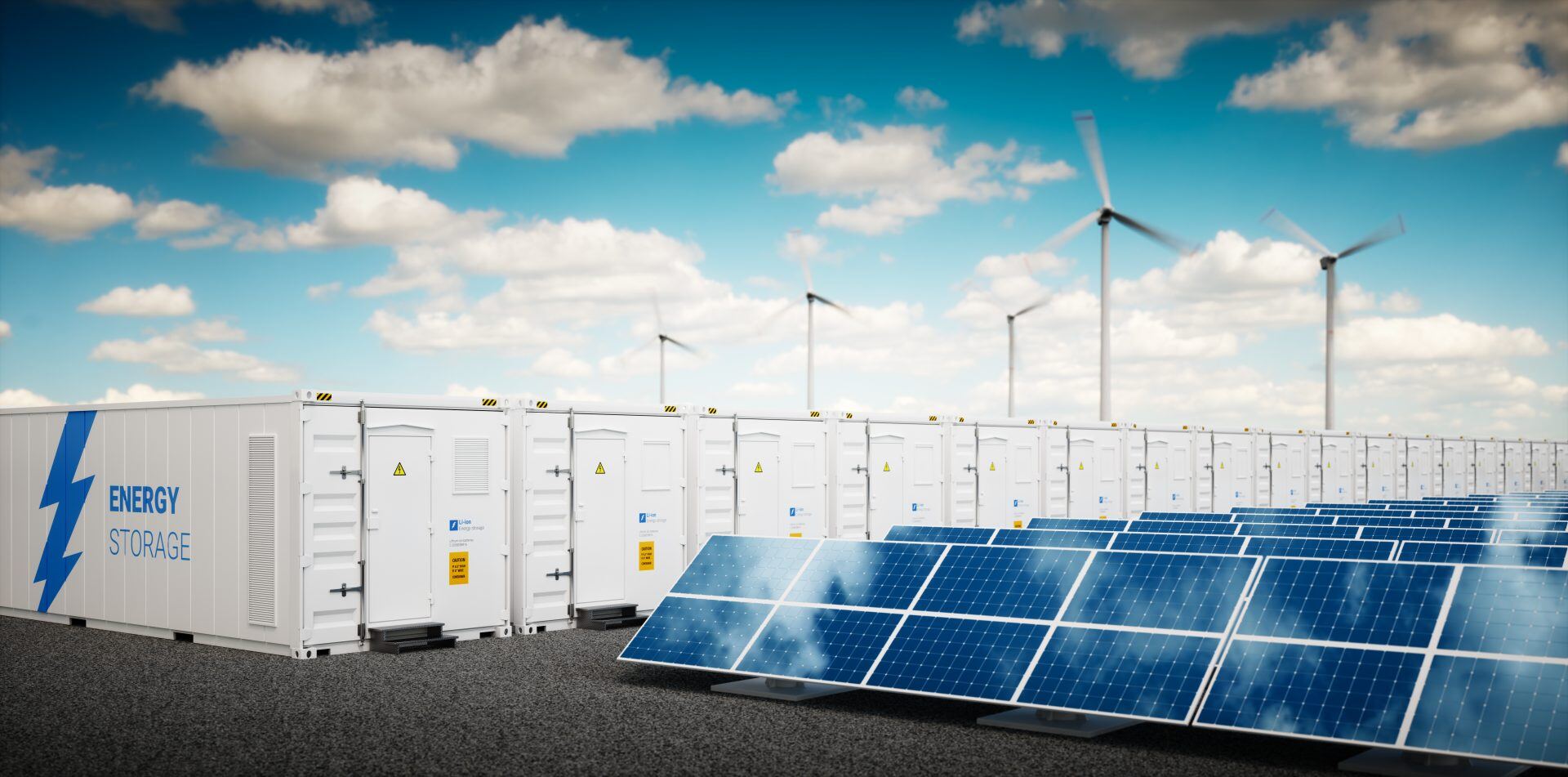

.jpeg?width=2000&name=AdobeStock_691268307%20(3).jpeg)
